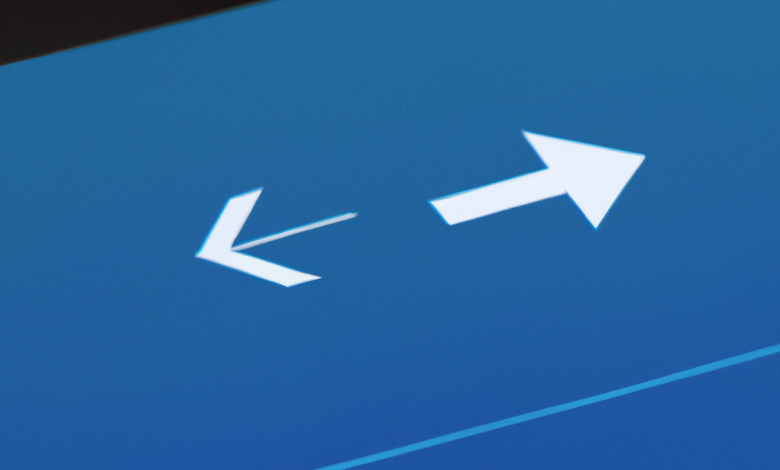Removing Shortcut Arrows in Windows 11 and 10

Windows operating systems have long been the go-to choice for millions of users around the world. With each new version, Microsoft introduces new features and improvements to enhance the user experience. However, some users may find certain visual elements, such as shortcut arrows, to be distracting or unnecessary. In this article, we will explore how to remove shortcut arrows in Windows 11 and 10, and discuss the potential benefits and drawbacks of doing so.
Why Remove Shortcut Arrows?
Shortcut arrows are small icons that appear on the bottom-left corner of desktop icons in Windows. They indicate that the icon is a shortcut to another file or program. While these arrows serve a useful purpose by distinguishing shortcuts from regular files, some users may find them visually unappealing or cluttering their desktop.
By removing shortcut arrows, users can achieve a cleaner and more minimalist desktop appearance. This can be particularly beneficial for individuals who prefer a streamlined and organized workspace. Additionally, removing shortcut arrows can also help users with visual impairments by reducing visual clutter and making it easier to locate and identify icons.
Removing Shortcut Arrows in Windows 11
Windows 11 introduces a new and simplified way to remove shortcut arrows without the need for third-party software or complex registry edits. Follow these steps to remove shortcut arrows in Windows 11:
- Right-click on the desktop and select “Personalize” from the context menu.
- In the Personalization settings, click on “Themes” in the left sidebar.
- Scroll down and click on “Desktop icon settings” under the “Related settings” section.
- In the Desktop Icon Settings window, select the icon for which you want to remove the shortcut arrow.
- Click on the “Change Icon” button.
- In the Change Icon window, select a new icon that does not have a shortcut arrow, or click on “Browse” to choose a custom icon from your computer.
- Click “OK” to apply the changes.
By following these steps, you can remove shortcut arrows for individual icons on your Windows 11 desktop, giving it a cleaner and more visually appealing look.
Removing Shortcut Arrows in Windows 10
If you are using Windows 10, the process of removing shortcut arrows is slightly different. Here’s how you can do it:
- Press the Windows key + R to open the Run dialog box.
- Type “regedit” and press Enter to open the Registry Editor.
- Navigate to the following registry key: HKEY_LOCAL_MACHINESOFTWAREMicrosoftWindowsCurrentVersionExplorer
- Create a new key under the Explorer key and name it “Shell Icons”.
- Select the Shell Icons key, right-click on the right-hand side panel, and choose “New” > “String Value”.
- Name the new string value “29”.
- Double-click on the newly created “29” string value and enter the path to an icon file that does not have a shortcut arrow. For example, “C:PathToCustomIcon.ico”.
- Restart your computer to apply the changes.
It’s important to note that modifying the Windows Registry can have unintended consequences if not done correctly. Therefore, it is recommended to create a backup of your registry before making any changes and proceed with caution.
Conclusion
Removing shortcut arrows in Windows 11 and 10 can be a simple way to customize your desktop and achieve a cleaner visual aesthetic. Whether you prefer a minimalist workspace or have visual impairments that benefit from reduced visual clutter, removing shortcut arrows can enhance your overall user experience.
However, it’s important to consider the potential drawbacks of removing shortcut arrows. Without the arrows, it may be more challenging to distinguish between regular files and shortcuts, especially for users who are not familiar with the icons or have multiple similar-looking icons on their desktop. Additionally, removing shortcut arrows through registry edits in Windows 10 requires technical knowledge and carries the risk of unintended consequences if not done correctly.
Ultimately, the decision to remove shortcut arrows in Windows 11 and 10 depends on personal preference and individual needs. By following the provided steps and considering the potential benefits and drawbacks, users can make an informed choice that aligns with their desired desktop appearance and usability.




